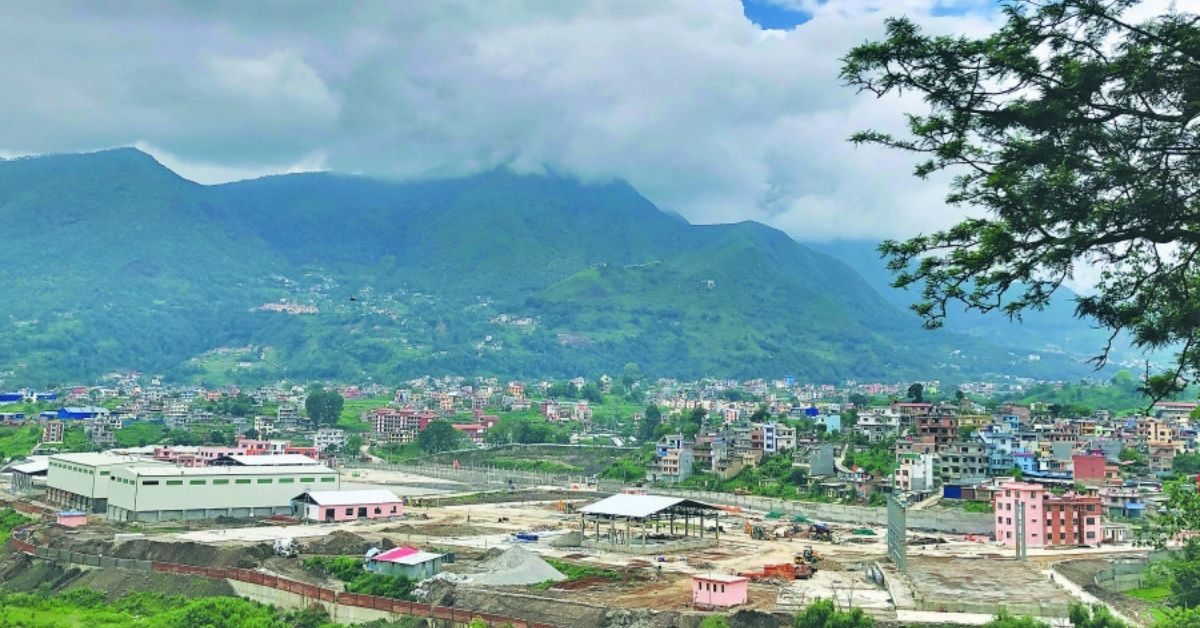The Rs. 2.18 billion facility, which spans 11.77 hectares in the valley’s south-western part, was developed with a World Bank financing. Container trucks must be fitted with GPS vehicle tracker devices and locking systems in order to access the Chobhar dry port. Along the transportation route, the GPS tracks container movements.
Importers will be able to clear their goods at the Kathmandu Inland Clearance Depot, saving them a trip to the border crossing where their shipments entered Nepal. To assist trade from surrounding points, the new facility has been certified as an inland transport facility.
The inland facility providing storage and customs clearance services is not an entirely new concept in Kathmandu. Even during the Rana period, there was Teku Bhansar where cargo arrived from Bhimphedi on the backs of porters or by ropeway, and was customs cleared. Chobhar dry port is divided into two sections—export-import and domestic. The export-import section can accommodate 116 teus. The domestic area has parking space for 86 trucks.







